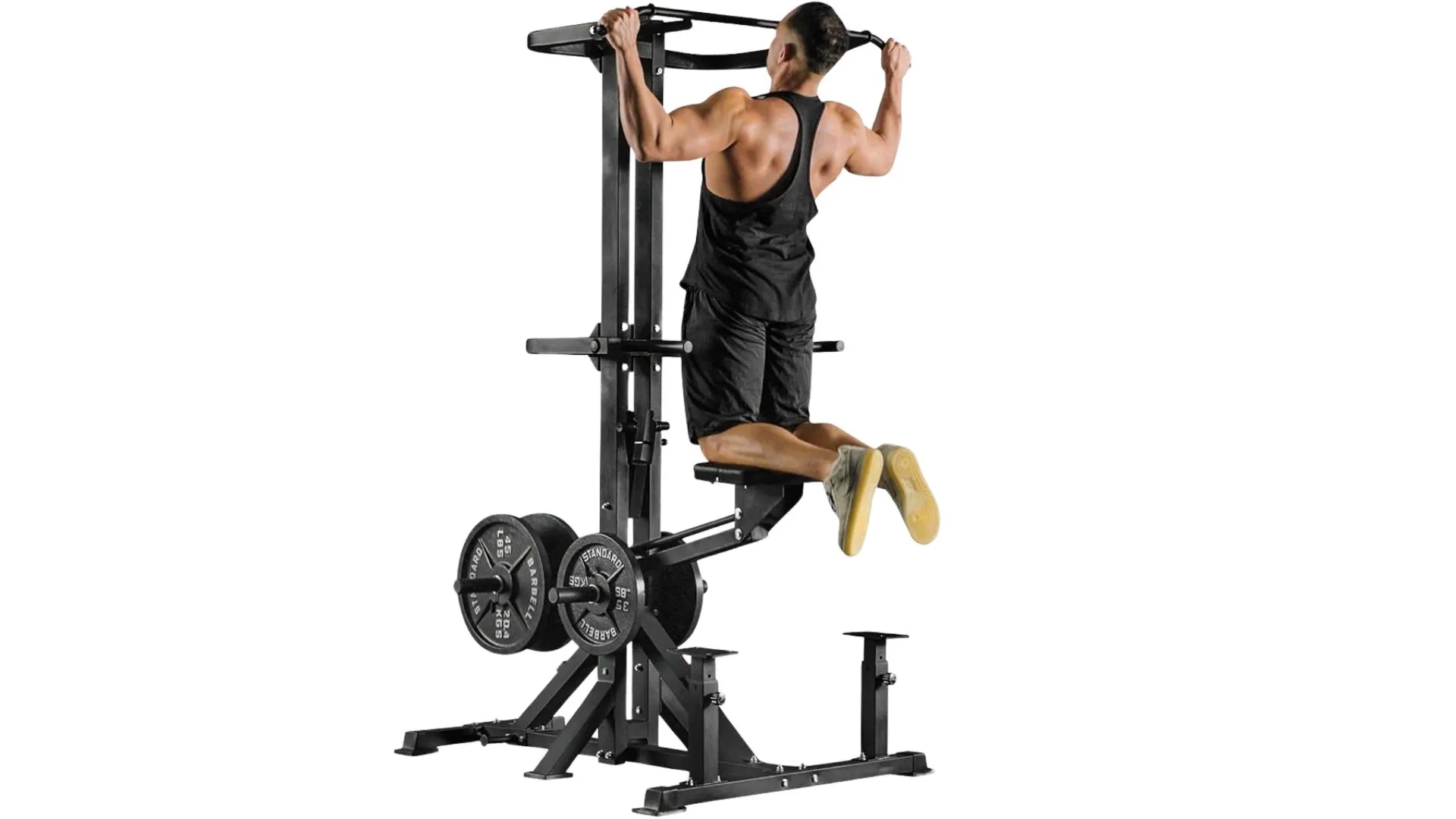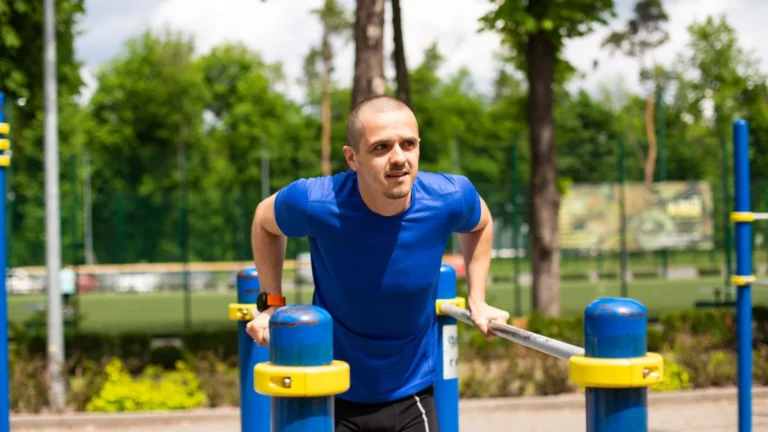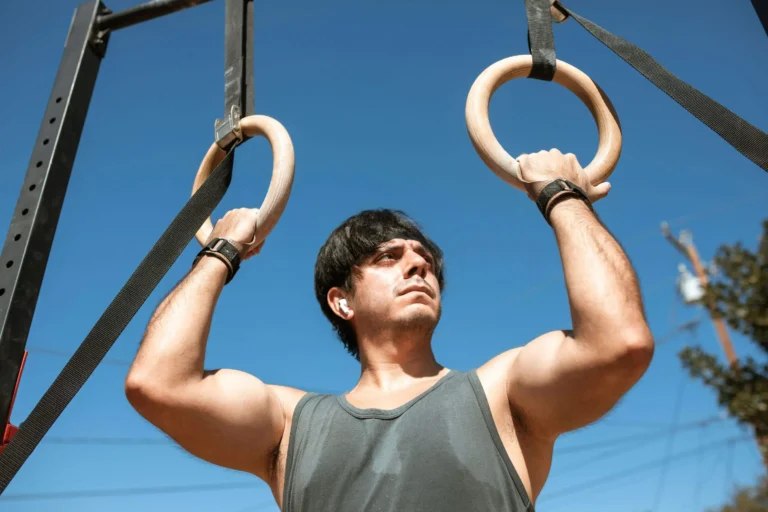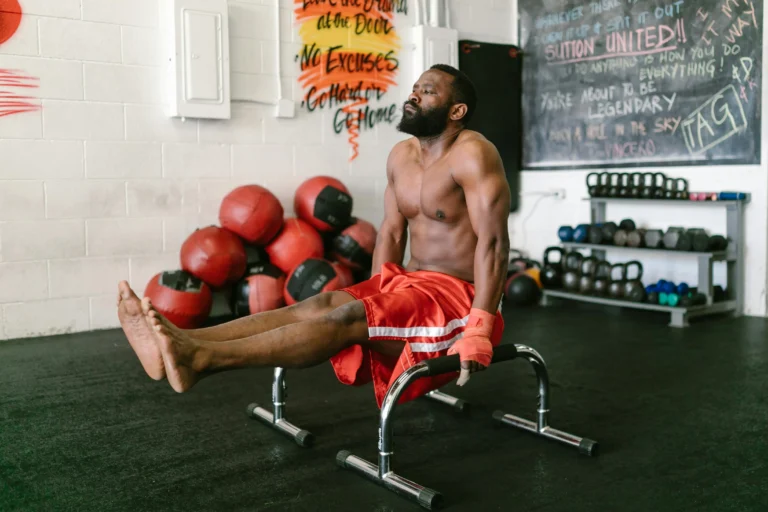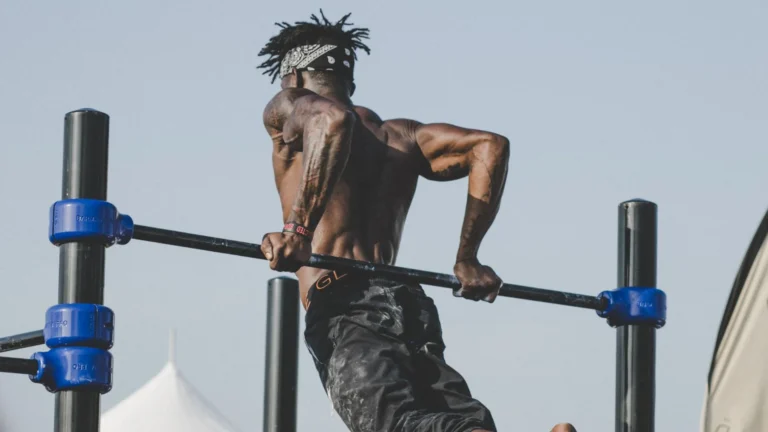Assisted Pull Up Machine: 7 Powerful Benefits to Skyrocket Your Strength
If you’ve ever struggled with pull ups or felt unsure about how to build upper body strength effectively, you’re not alone. Pull ups are notoriously challenging, especially when you’re just starting out or working to increase your reps. That’s where the assisted pull up machine comes in—a game-changing fitness tool designed to help you master pull ups safely and confidently.
In this article, you’ll discover why the assisted pull up machine is the ultimate strength builder tool, how to use it properly, and how to integrate it into your workout routine to see real progress. Whether you’re a beginner or looking to break through a plateau, this guide will help you unlock the full potential of this versatile machine.
What Is an Assisted Pull Up Machine?
An assisted pull up machine is a specialized piece of gym equipment that supports you during pull ups by counterbalancing your body weight. Unlike traditional pull ups, where you lift your entire weight, this machine uses a platform or knee pad with adjustable resistance to make the movement easier.
This allows you to gradually build strength and improve your technique without the frustration of failing early or risking injury.
Types of Assisted Pull Up Machines
- Weight-assisted machines: Use a stack of weights to provide counterbalance.
- Band-assisted machines: Use resistance bands to reduce the load.
- Cable-assisted machines: Employ cables and pulleys to adjust assistance levels.
Each type offers similar benefits but varies in mechanics and availability.
Why Use an Assisted Pull Up Machine? Key Benefits
The assisted pull up machine isn’t just for beginners—it’s a powerful tool for anyone looking to enhance upper body strength. Here’s why it’s so effective:
- Gradual Strength Building: By reducing the weight you need to lift, it helps you progress step-by-step.
- Improved Form: You can focus on correct posture and controlled movement without swinging or jerking.
- Reduced Injury Risk: Supports your body and encourages safe range of motion.
- Accessible for All Fitness Levels: Whether you’re starting out or rehabbing an injury, it adapts to your needs.
- Targets Multiple Muscle Groups: Works your back, biceps, shoulders, and core simultaneously.
Muscles Worked with the Assisted Pull Up Machine
| Muscle Group | Role in Pull Ups |
|---|---|
| Latissimus Dorsi (Back) | Primary mover, pulls your body up |
| Biceps | Assists in bending your elbows |
| Shoulders | Stabilizes your arms during movement |
| Core | Maintains body alignment and balance |
How to Use an Assisted Pull Up Machine Correctly
Getting the most out of your assisted pull up machine starts with knowing how to use it properly. Follow these steps to maximize your workout and prevent common mistakes:
Step-by-Step Guide
- Set the Assistance Level: Start with enough support so you can complete 8–12 reps with good form.
- Grip the Handles: Choose your grip style—wide, close, or neutral grip—depending on your focus.
- Position Yourself: Kneel or stand on the platform, depending on the machine model.
- Engage Your Core: Keep your body straight without swinging.
- Pull Up Smoothly: Use controlled movement, lifting your chin above the bar.
- Lower Slowly: Resist gravity on the way down to build strength.
Avoid These Common Mistakes
- Using momentum instead of muscle control
- Setting assistance too high, reducing workout effectiveness
- Holding your breath—remember to breathe evenly
- Letting your shoulders shrug or collapse
Assisted Pull Up Machine vs. Other Pull Up Alternatives
If you’re exploring ways to improve your pull ups, it helps to know how the assisted pull up machine stacks up against other methods.
| Method | Pros | Cons |
|---|---|---|
| Assisted Pull Up Machine | Adjustable assistance, safe form | Requires gym access or equipment |
| Resistance Bands | Portable, inexpensive | Harder to control resistance levels |
| Negative Pull Ups | Builds eccentric strength | Challenging for beginners |
| Lat Pulldown Machine | Isolates back muscles effectively | Less functional carryover to pull ups |
The assisted pull up machine strikes a balance by offering adjustable assistance and a natural pull up movement, making it the most user-friendly option for steady progress.
What to Look for When Buying an Assisted Pull Up Machine
If you’re considering purchasing an assisted pull up machine for home or gym use, here are important features to keep in mind:
- Adjustable Weight Assistance: To customize resistance as you improve
- Sturdy Build: Solid steel frame for safety and longevity
- Compact Design: Saves space in your workout area
- User-Friendly Controls: Easy to change assistance level
- Warranty and Brand Reputation: Reliable customer support
Recommended Models
| Model | Features | Price Range |
|---|---|---|
| Body-Solid ProAssist | Heavy-duty, smooth adjustments | $$ |
| XMark Assisted Pull Up | Compact, easy assembly | $ |
| Rogue Fitness Machine | Commercial-grade, durable | $$$ |
How to Incorporate the Assisted Pull Up Machine Into Your Workouts
Integrating the assisted pull up machine effectively can accelerate your strength gains. Here’s a simple beginner workout plan you can try:
4-Week Sample Plan
| Week | Sessions per Week | Reps per Set | Sets per Session | Notes |
|---|---|---|---|---|
| 1 | 2 | 6–8 | 3 | Start with higher assistance |
| 2 | 3 | 8–10 | 3 | Lower assistance gradually |
| 3 | 3 | 10–12 | 4 | Focus on controlled motion |
| 4 | 3 | 12+ | 4 | Reduce assistance, try negatives |
Combine this with complementary exercises like rows, push-ups, and planks for balanced strength development.
FAQ About Assisted Pull Up Machines
Q1: What weight should I start with on an assisted pull up machine?
Start with an assistance level that allows you to perform 8–12 clean reps without compromising form. Adjust as you get stronger.
Q2: How often should I use the assisted pull up machine?
Aim for 2–3 sessions per week, allowing recovery days in between to maximize muscle growth.
Q3: Can the assisted pull up machine help with injury rehabilitation?
Yes, by controlling load and movement, it provides a safe way to rebuild strength post-injury.
Q4: Is it better to use an assisted pull up machine or resistance bands?
Both are effective, but the machine offers easier adjustment and more controlled assistance, making it ideal for beginners.
Q5: How long does it take to do unassisted pull ups after training with this machine?
Results vary, but consistent use typically leads to unassisted pull ups within 4–8 weeks.
Conclusion: Take Your Strength to the Next Level with an Assisted Pull Up Machine
The assisted pull up machine is more than just gym equipment—it’s a versatile, user-friendly tool that helps you build impressive upper body strength safely and effectively. By using it consistently and following proper form, you’ll overcome pull up plateaus, boost muscle development, and enhance your overall fitness.
Ready to transform your workouts? Explore different assisted pull up machines today, try the sample workout plan, and watch your strength soar. Your path to mastering pull ups starts now—take that first step and commit to your progress!
If you want personalized advice on choosing the best assisted pull up machine or need a tailored workout plan, just ask—I’m here to help you succeed

